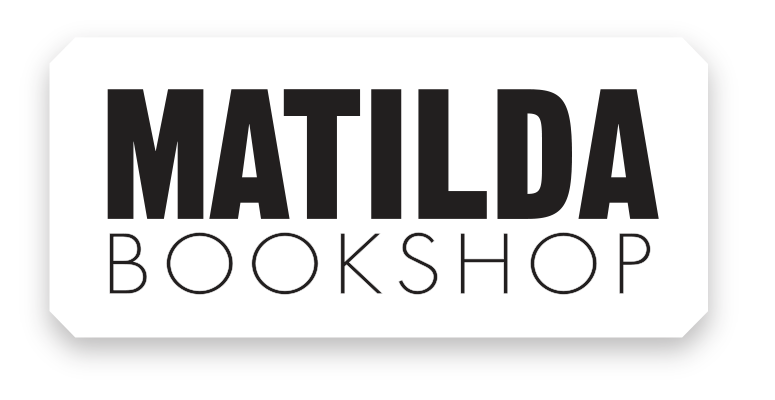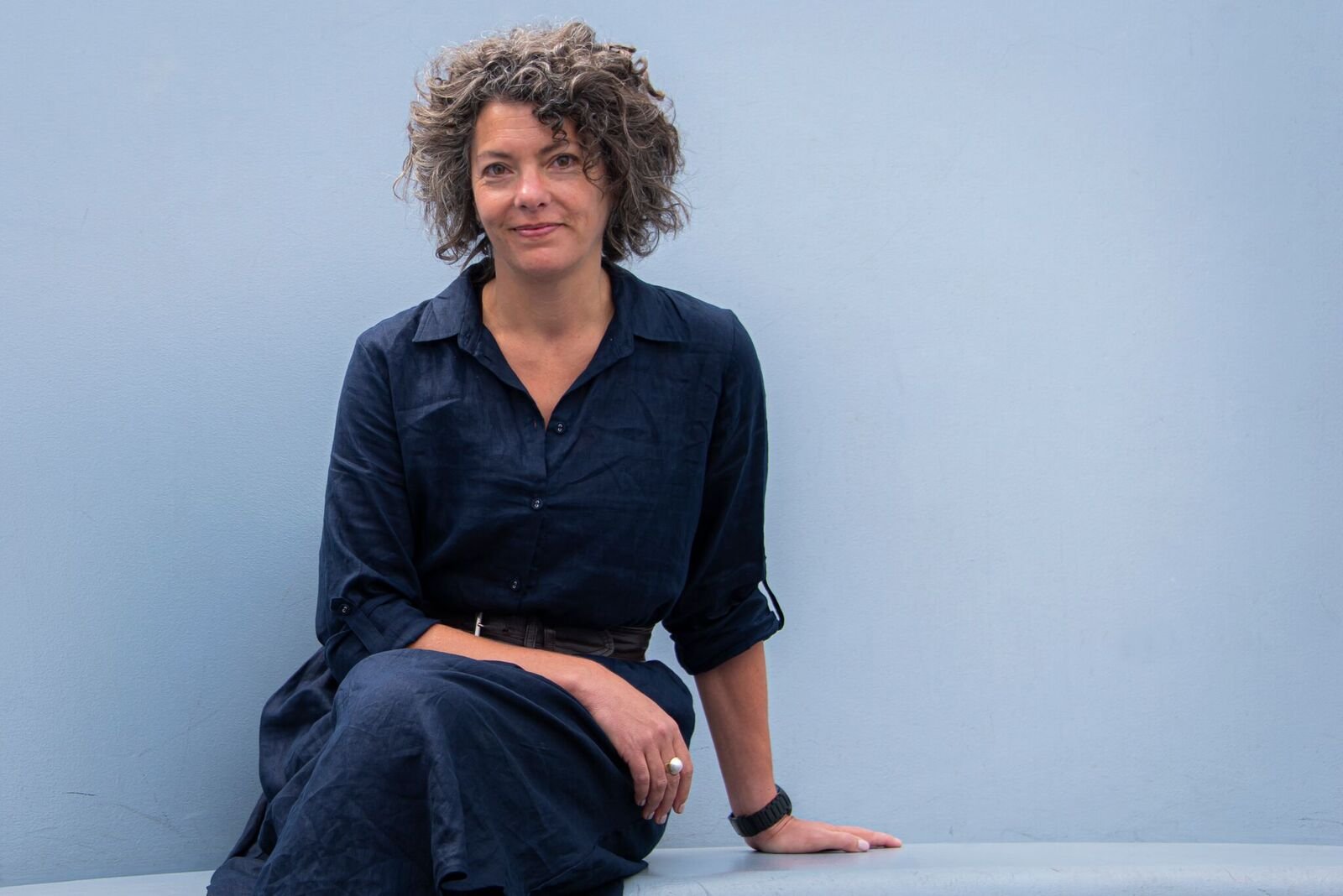
Rachael Mead is a poet, writer, and arts reviewer living in South Australia. She has an Honours degree in Classical Archaeology, a Masters in Environmental Studies, and a PhD in Creative Writing. She is the author of four collections of poetry: The Flaw in the Pattern (UWA Publishing 2018), The Sixth Creek (Picaro Press 2013) and the chapbooks Sliding Down the Belly of the World (Wakefield Press 2012) and The Quiet Blue World (Garron Publishing 2015). Rachael has published widely with her work appearing in Best Australian Poems, Meanjin, Westerly, Cordite, Island, Southerly and many other publications. In 2019 she was awarded a residency in northern Italy, as part of an AP/NAHR Eco-Poetry Fellowship.
1. Why do you tell stories?
I’ve always escaped into stories. Growing up, the worlds within my head were almost more real to me than the one I was living in (and certainly more interesting!) I’m also quite a curious person and love delving into research. Looking back, it’s embarrassing that it took me so long to realise writing was the perfect fit.
2. Describe your novel in one (or two) sentence(s).
The Art of Breaking Ice is a novel about the polar adventures of Nel Law, a housewife and artist in the early 1960s, who stowed away on a supply ship to become the first Australian woman to set foot on Antarctica.
3. Art is at the heart of this story. Did you come across this topic through Nel’s art, or did that come later?
As a writer, I find Antarctica an incredibly challenging landscape to bring to the page. It’s such an otherworldly place – it’s difficult to do it justice. Which is a long way of saying that for many years I’ve been fascinated with how other writers and artists respond to Antarctica. That’s how I found Nel. I was reading a book on Antarctic art and was captured by one of her paintings. In the footnote, it mentioned Nel Law was the first Australian woman to visit Antarctica. As an Antarctic tragic and a feminist, I was shocked. Such an important milestone for Australian women in Antarctica and I’d never heard of her! That’s where the research started. The more I learned about Nel, the more convinced I became that her story needed to be told.
4. Sprawling (but perhaps unforgiving) landscape plays such a vital role in this work, as does a sense of confinement and cabin fever - how did you approach writing about these spaces?
I’ve had the phenomenal privilege of travelling to Antarctica twice. Back in 2005, I had the chance to assist with some Antarctic fieldwork as part of a university course, so I’ve had the incredible experience of camping on the Ross ice sheet. Then in 2013, I crossed the Drake Passage on a tourist ship to West Antarctica. Writing the novel, I tried to weave together a lifetime of avid reading about polar exploration with memories of how it felt to be in those environments – the overwhelming sense of awe out on the ice and the claustrophobic world of the cabin.
5. Your descriptions of the landscape in Antarctica are so vivid. Was the landscape how you imagined, and was the trip planned to research the book or did the book grow out of your Antarctica expedition?
The Antarctic travel came many years before discovering Nel Law’s story. I’ve been writing poetry about Antarctica since first going down there in 2005. But it wasn’t until stumbling across Nel Law’s name in 2016 that the idea for a novel began to simmer.
6. Although there are undoubtedly moments of joy and growth in The Art of Breaking Ice, there’s also an underlying sense of tension and perhaps even dread. One day for Nel can be so lovely and the next so heart wrenching. What was it like writing characters into such emotional and power-charged circumstances?
Everything feels heightened when you are in such a challenging environment. Throw in being the sole woman on a ship with nearly seventy men while travelling to a place where are women are forbidden, plus seeing a new side of your husband, and dealing with the onset of menopause. It wasn’t hard to imagine Nel’s voyage as quite the emotional rollercoaster.
7. When and where do you write?
Mornings are best. On writing days, I get up early, throw down some coffee and write until early afternoon. The rest of the day is research and reading. I’m lucky to have places to write that are quiet and beautiful.
8. What are three things that sustain you as an author, or while you’re writing?
Silence, windows that hold beautiful views and coffee. (Plus, an incredibly understanding husband and a large, patient dog.)
9. Name three books that you couldn’t live without, or that were crucial to the writing of The Art of Breaking Ice?
Oh, what a question! Only three? I’ll go with the ‘crucial to writing the novel’ option…Chasing the Light by Jesse Blackadder. Phillip Law – the Antarctic Exploration Years by Kathleen Ralston and Terra Antarctica: Looking into the Emptiest Continent by William L. Fox
10. What books are currently on your to be read pile?
More a mini metropolis of book stacks than a single pile! But the ones I’m looking forward to the most right now are Wifedom by Anna Funder, Monsters by Claire Dederer and The Librarianist by Patrick DeWitt.


